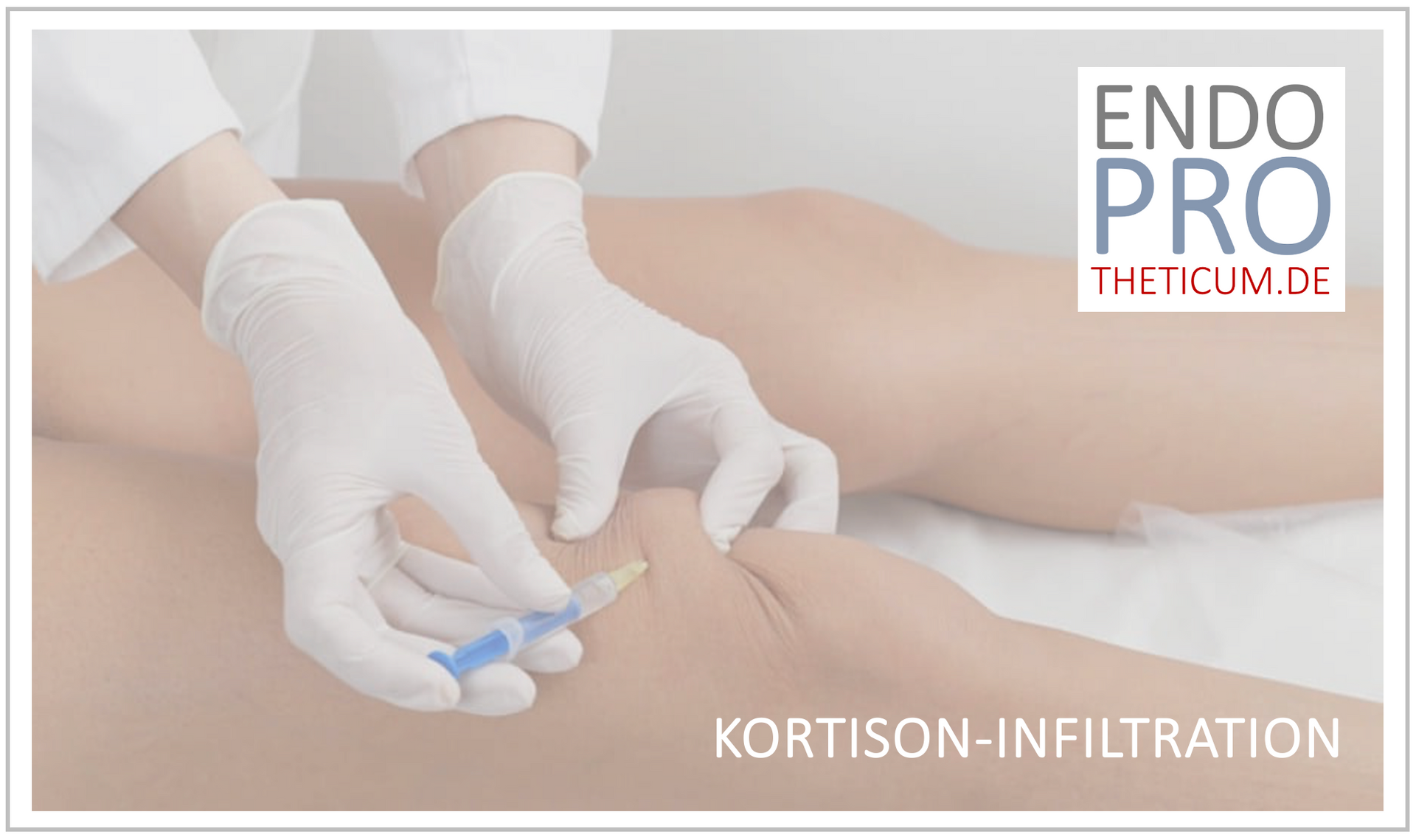Patellofemoral prosthesis - why she often has no good reputation
A suitable indication for a patello femoral prosthesis (PFJ)
there is very rare!

The patellofemoral prosthesis, also known as retropatellar replacement or PFJ (patellofemoral joint) prosthesis, is a special shape of the partial joint replacement that is used when the patellofemoral joint is isolated. Despite her theoretical advantages, such as protecting the unknown joint sections, she has no particularly good reputation in orthopedics. But why is that? In this article, the reasons for the skepticism compared to this prosthesis are examined in detail, starting with the diagnosis of retropatellar arerthrosis to the challenges and improvements of the patellofemoral prosthesis.
Anatomy and function of the patello femoral joint
The knee joint consists of three main joint sections: the medial and lateral femorotic joints and the patello femoral joint. The latter includes the interaction between the kneecap (patella) and the thigh bone (femur). The main function of the patella is to improve the leverage of the quadriceps muscle and to optimize the power transmission to the knee joint. Due to the stress in everyday life and especially in sporting activities, this area is susceptible to arthrosis.
Retropatellar arthrosis: definition and causes
Retropatellarararthrosis denotes the wear of the articular cartilage between the patella and the thigh bone. The most common causes include:
- Mispositions such as a patella dysplasia or patellar luxation
- Cartilage damage due to trauma or overload
- False loads due to muscular dysbalances
- Postoperative changes after previous knee operations
Symptoms of retropatellar aryarthrosis
Patients with retropatellar arthrosis typically report:
- Pain when loading, especially when climbing stairs
- Starting pain after sitting for a long time
- Crunching noises (crepitations) for movements
- Swelling and movement restrictions
Diagnosis of retropatellar arerthrosis
The diagnosis of retropatellar arthrosis is based on a combination of clinical examination and imaging methods. This includes:
- Clinical tests , e.g. B. the patellar address test
- X-ray shots , especially in special levels (e.g. Sunrise view)
- MRI examinations for assessing cartilage damage
Conservative treatment options
Before surgical care, conservative therapy is usually recommended, consisting of:
- Physiotherapy to strengthen the surrounding muscles
- Pain medication , e.g. B. Nsar
- Injections with hyaluronic acid or PRP
- Orthopedic aids , e.g. B. patella bands
Operative treatment options
If conservative therapy is not sufficient, various operational options are available:
- Arthroscopic cartilage smoothing
- Conversion osteotomy for correction of malpositions
- Patellofemoral prosthesis as a selective joint replacement
The patellofemoral prosthesis: indications and procedures
The indication for a patellofemoral prosthesis (PFJ prosthesis) is of crucial importance, since it is only suitable for a very limited patient group. An unclean or too generous indication can lead to unsatisfactory results, renewed pain and ultimately to a necessary revision surgery.
Why is the indication so crucial?
The patellofemoral prosthesis only replaces the sliding bearing between the kneecap (patella) and thigh bones (femur). It is therefore a partial prosthesis that is only an option for patients with isolated retropatellar arerthrosis (osteoarthritis of the kneecap joint). That means:
✅ Suitable indication:
- Primary retropatellar arerthrosis : arthrosis is limited exclusively to the patellofemoral joint, without signs of wear in the other joint shares (media or lateral compartment).
- Post -traumatic retropatellar aryarthrosis : After a broken knee or other injuries, selective arthrosis can occur in the patellofemoral joint.
- Dysplasite -related retropatellar ararthrosis : In patients with a congenital malformation of the kneecap or the associated sliding gutter in the thigh bone, isolated osteoarthritis can develop prematurely.
❌ Contraindications-when is a PFJ prosthesis unsuitable?
- Generalized knee arthrosis : If other joint shares are already affected, a total endoprosthesis (knee-tep) usually the better choice.
- Library weakness or instabilities : An isolated PFJ prosthesis does not stabilize the knee, so patients with band instabilities or axis misalignment are unsuitable.
- Malance of the kneecap (painting tracking) : An inadequate patella -oriented patella leads to unfavorable pressure conditions and poor function of the prosthesis.
Conclusion: very few patients are suitable candidates
Due to the strict indication criteria, a PFJ prosthesis is only possible for a very small proportion of patients. Many patients with pain in the front knee area suffer either from a general knee osteoarthritis or biomechanical problems that a PFJ prosthesis cannot solve.
Therefore, a thorough diagnostic clarification by a specialist essential before a patellofemoral prosthesis is considered. Only if the indication precisely can this sub -prosthesis be a good long -term solution.
Why does the patellofemoral prosthesis have a bad reputation?
Although the idea of an isolated joint replacement is promising, there are various factors that have contributed to skepticism compared to this prosthesis:
- High revision rate : Studies show that many patients later need a total endoprosthesis.
- Problems with biomechanics : The prosthesis must be optimally aligned in order to avoid complications such as wrong loads.
- High patient expectations : Often patients expect full freedom of pain after the operation, which cannot always be guaranteed.
Patient selection and preoperative planning
The correct selection of patients is crucial for the success of a patello femoral prosthesis. Criteria include:
- Demonstrably isolated retropatellar arerthrosis
- Missing or low degenerative changes in other knee sections
- Stable ligaments and no advanced axle misalignment
Rehabilitation after patellofemoral prosthesis
Postoperative follow -up treatment plays an important role in the success of therapy. The most important measures include:
- Early mobilization to avoid muscle breakdown
- Targeted strength training to stabilize the knee
- Coordination training for improved mobility
Conclusion
The patellofemoral prosthesis (PFJ) can be a good solution for selected patients, but suffers from a bad reputation due to previous negative experiences. Modern developments and improved patient selection could help increase the acceptance of this shape of the prosthesis in the future.
MAKE AN APPOINTMENT?
You are welcome to make an appointment either by phone or online .



























